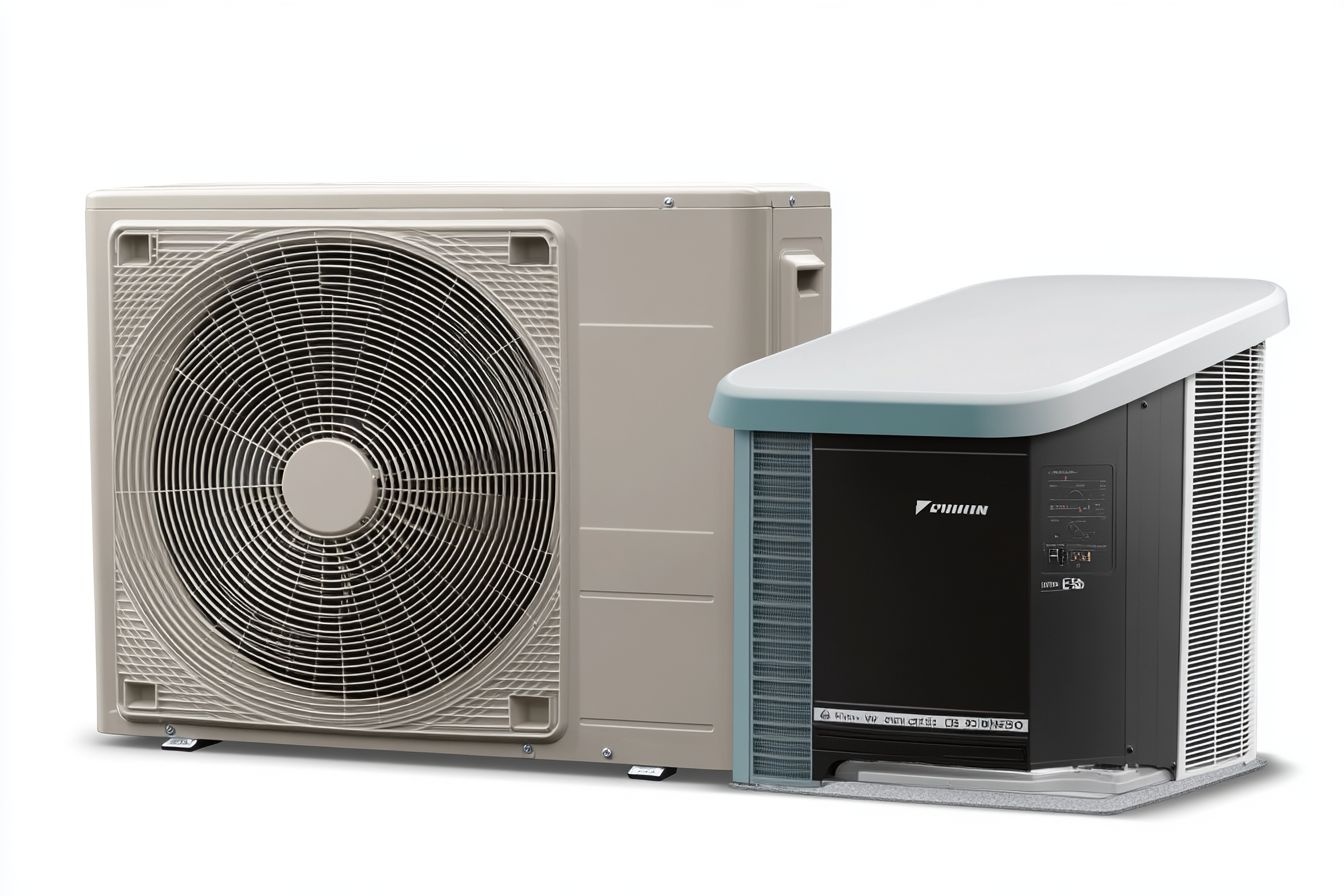How Traditional Air Conditioners Continue to Shape Home Comfort in 2025
As we approach 2025, traditional air conditioning systems remain a cornerstone of home comfort. Despite advancements in cooling technology, central air conditioning continues to evolve, offering improved efficiency and smart features that keep it relevant in modern homes.

What are the enduring benefits of central air conditioning?
Central air conditioning systems have stood the test of time for good reason. They provide consistent cooling throughout entire homes, maintaining comfortable temperatures in multiple rooms simultaneously. This whole-house approach to cooling is particularly beneficial in larger homes or in regions with hot, humid climates where spot cooling is less effective.
How has energy efficiency in air conditioning improved?
Energy efficiency has been a major focus of air conditioning improvements in recent years. Modern central AC units boast higher Seasonal Energy Efficiency Ratio (SEER) ratings, which translate to lower energy consumption and reduced utility bills. Manufacturers have refined compressor technology and incorporated variable-speed motors, allowing systems to operate more efficiently at different cooling loads.
What energy-saving features are now standard in air conditioners?
Today’s air conditioners come equipped with a range of energy-saving features. Programmable thermostats allow homeowners to set schedules that optimize cooling based on occupancy and time of day. Some systems include zoning capabilities, enabling targeted cooling of specific areas and reducing energy waste in unoccupied spaces. These features contribute to significant energy savings without sacrificing comfort.
How are smart technologies enhancing traditional air conditioning?
Smart air conditioning has revolutionized the way we interact with our cooling systems. Wi-Fi-enabled thermostats can be controlled remotely via smartphone apps, allowing users to adjust settings from anywhere. Some systems integrate with home automation platforms, learning occupants’ habits and adjusting cooling patterns accordingly. These smart features not only enhance convenience but also contribute to energy efficiency by optimizing system performance.
What maintenance advancements keep traditional AC systems running efficiently?
Advancements in air conditioning maintenance have extended the lifespan and efficiency of traditional systems. Self-diagnostic features alert homeowners to potential issues before they become major problems. Some systems now include air quality monitoring, prompting filter changes or alerting users to poor indoor air quality. Regular maintenance routines have been simplified, with easier access to components and clear indicators for when professional service is needed.
How do traditional air conditioners compare in cost and efficiency to newer alternatives?
While newer cooling technologies like ductless mini-splits and geothermal systems have gained popularity, traditional central air conditioning systems remain competitive in terms of cost and efficiency for many homeowners. Let’s compare some options:
| Cooling System | Initial Cost | Energy Efficiency | Installation Complexity | Lifespan |
|---|---|---|---|---|
| Traditional Central AC | $3,000 - $7,000 | High (14-22 SEER) | Moderate | 15-20 years |
| Ductless Mini-Split | $3,000 - $14,000 | Very High (18-30 SEER) | Low | 15-20 years |
| Geothermal Heat Pump | $10,000 - $30,000 | Highest (EER 15-25) | High | 25-50 years |
| Window AC Units | $150 - $500 per unit | Low to Moderate (9-12 SEER) | Low | 8-10 years |
Prices, rates, or cost estimates mentioned in this article are based on the latest available information but may change over time. Independent research is advised before making financial decisions.
What does the future hold for traditional air conditioning systems?
Looking ahead to 2025 and beyond, traditional air conditioning systems are likely to continue evolving. We can expect further improvements in energy efficiency, with SEER ratings potentially reaching new heights. Integration with smart home ecosystems will become more seamless, allowing for even greater optimization of energy use and comfort. Additionally, manufacturers are exploring the use of alternative refrigerants with lower environmental impact, ensuring that traditional AC systems remain a viable and responsible choice for home cooling.
In conclusion, while new cooling technologies emerge, traditional air conditioners continue to adapt and improve, maintaining their relevance in the realm of home comfort. Their ability to cool entire homes efficiently, coupled with ongoing advancements in energy efficiency and smart features, ensures that central air conditioning systems will remain a popular choice for homeowners well into 2025 and beyond.
The shared information of this article is up-to-date as of the publishing date. For more up-to-date information, please conduct your own research.




